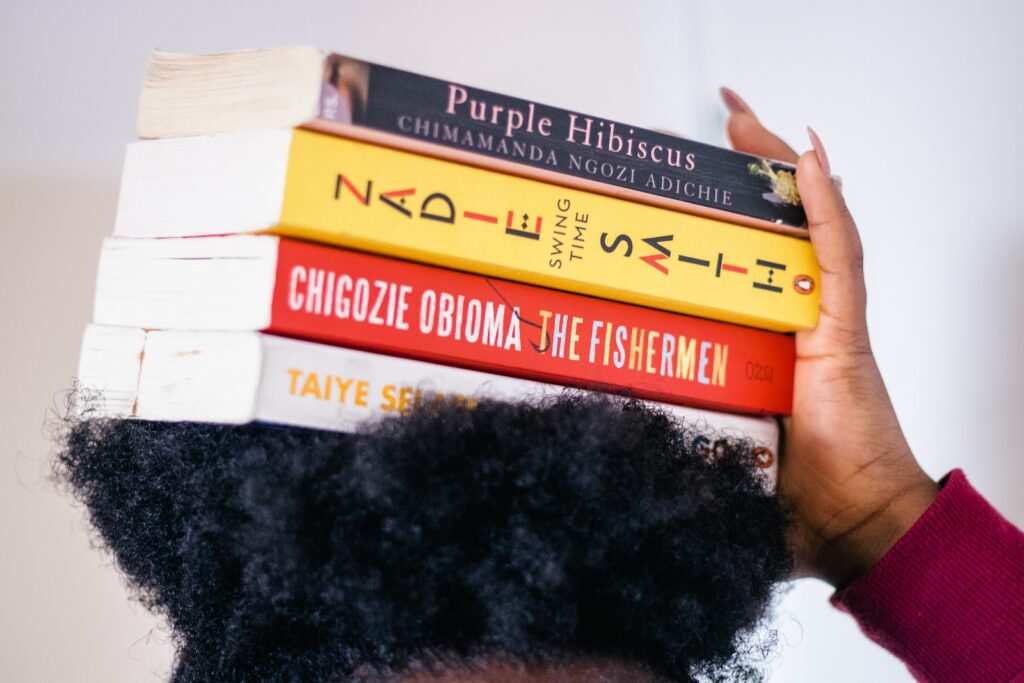Historical fiction has long been a popular genre, allowing readers to immerse themselves in different time periods and experience the lives of characters from the past. One intriguing aspect of historical fiction is the portrayal of women and how their roles have evolved over time. This article delves into the contrasting depictions of women in historical fiction, comparing the past and present and shedding light on the changing narratives.
Introduction
In the realm of historical fiction, women have often been relegated to secondary roles or depicted through traditional stereotypes. However, as society has progressed and perspectives have broadened, authors have begun to challenge these norms and present more diverse and nuanced portrayals of women in their narratives. This shift in focus has allowed for a greater exploration of women’s experiences and contributions throughout history.
The Past: Traditional Gender Roles and Stereotypes
Historically, women were often confined to specific gender roles that limited their agency and opportunities. In many cultures, women were expected to fulfill domestic responsibilities, such as maintaining the household and raising children, while men held positions of power and authority outside the home. These conventional gender roles were deeply ingrained in society and consequently reflected in historical fiction.
1. The Damsel in Distress
One prevalent stereotype found in historical fiction is the portrayal of women as damsels in distress, in constant need of rescue by male protagonists. These female characters were often depicted as weak and helpless, relying on men for their survival and happiness. While this trope may have appealed to a certain audience in the past, it fails to capture the complexity and strength of real women throughout history.
2. The Seductress or Femme Fatale
Another common stereotype associated with women in historical fiction is the seductress or femme fatale. These characters are portrayed as dangerous temptresses, using their beauty and charm to manipulate men for personal gain. While there may be historical instances of women utilizing their wiles for various purposes, this narrow depiction overlooks the vast range of motivations and aspirations that women embody.
3. The Supportive and Nurturing Figure
Women in historical fiction often served as supportive and nurturing figures, providing emotional guidance and stability to the male protagonists. While these qualities are undoubtedly valuable, it is crucial to recognize that women have played diverse and influential roles throughout history that extend beyond their roles as caregivers. Neglecting to represent these multifaceted aspects of women’s lives perpetuates a limited understanding of their historical significance.
The Present: Breaking Stereotypes and Empowering Narratives
In recent years, there has been a noticeable shift in the portrayal of women in historical fiction. Authors are now actively challenging traditional stereotypes and presenting more empowered and multidimensional female characters. This evolution not only reflects the changing attitudes towards gender roles but also acknowledges the immense contributions women have made throughout history.
1. Strong and Resilient Protagonists
Contemporary historical fiction often features strong and resilient women as protagonists, defying societal expectations and carving their own paths in male-dominated worlds. These characters demonstrate courage, intelligence, and determination, effectively dispelling the notion that women were merely passive participants in history. By highlighting their strengths and struggles, authors provide a more accurate and empowering representation of women’s experiences.
2. Exploring Untold Stories and Perspectives
One of the remarkable aspects of present-day historical fiction is the exploration of untold stories and perspectives. Authors are delving into the lives of lesser-known women from different social classes, races, and cultures, shedding light on their achievements and challenges. By diversifying the narratives, historical fiction not only educates readers but also emphasizes the significant role women played in shaping history.
3. Challenging Gender Norms
Another notable feature of contemporary historical fiction is its willingness to challenge traditional gender norms. Authors are presenting characters who defy societal expectations and push against the constraints imposed on them. By doing so, they highlight the strength and resilience of women who dared to challenge societal norms, ultimately contributing to the progress and empowerment of future generations.
Conclusion
The role of women in historical fiction has undergone a remarkable transformation over the years. From the traditional stereotypes that confined women to limited roles, authors have progressed towards portraying empowered and multifaceted female characters. By challenging gender norms, exploring untold stories, and presenting strong protagonists, historical fiction has become a powerful medium to celebrate the contributions and resilience of women throughout history. With each new narrative, the genre continues to evolve, inspiring readers to appreciate the rich tapestry of women’s experiences across different time periods.
ance and care to the male protagonists. They were portrayed as selfless and devoted, existing primarily to offer comfort and aid to the men around them. While there were certainly women in history who played these roles, this limited representation fails to acknowledge the diverse experiences and ambitions of women throughout different time periods.
The Present: Challenging Stereotypes and Broadening Perspectives
In recent years, authors of historical fiction have made a conscious effort to challenge traditional stereotypes and present more complex and realistic portrayals of women. This shift has allowed for a greater exploration of women’s agency, resilience, and contributions in historical contexts.
4. The Protagonist and Heroine
Contemporary historical fiction often features women as protagonists and heroines, taking center stage and driving the narrative forward. These characters are multidimensional, with their own ambitions, flaws, and strengths. They defy societal expectations and navigate their way through challenges and obstacles, ultimately shaping their own destinies.
5. Breaking Gender Barriers
Authors have also begun to explore the stories of women who defied traditional gender roles and made significant contributions in male-dominated fields. These women challenged societal expectations, fought for their rights, and made lasting impacts on their communities and the world at large. By highlighting these stories, historical fiction sheds light on the often-overlooked achievements of women in history.
6. Diverse Experiences and Perspectives
Inclusive historical fiction recognizes that women’s experiences throughout history were not monolithic. It acknowledges the diversity of women’s experiences based on factors such as race, class, and sexuality. By incorporating a range of perspectives, historical fiction offers a more comprehensive and accurate portrayal of women’s lives in different time periods.
7. The Power of Relationships and Connections
Contemporary historical fiction also emphasizes the power of female relationships and connections. It explores the bonds between women, whether they be friendships, family ties, or collective movements. These relationships serve as sources of support, strength, and resilience, highlighting the importance of women’s networks and alliances throughout history.
In conclusion, the role of women in historical fiction has evolved over time. While traditional stereotypes and limited portrayals were once prevalent, contemporary historical fiction has broadened perspectives and presented more diverse and realistic depictions of women. By challenging these norms and highlighting women’s agency, resilience, and contributions, historical fiction allows readers to gain a deeper understanding of women’s experiences throughout history.



